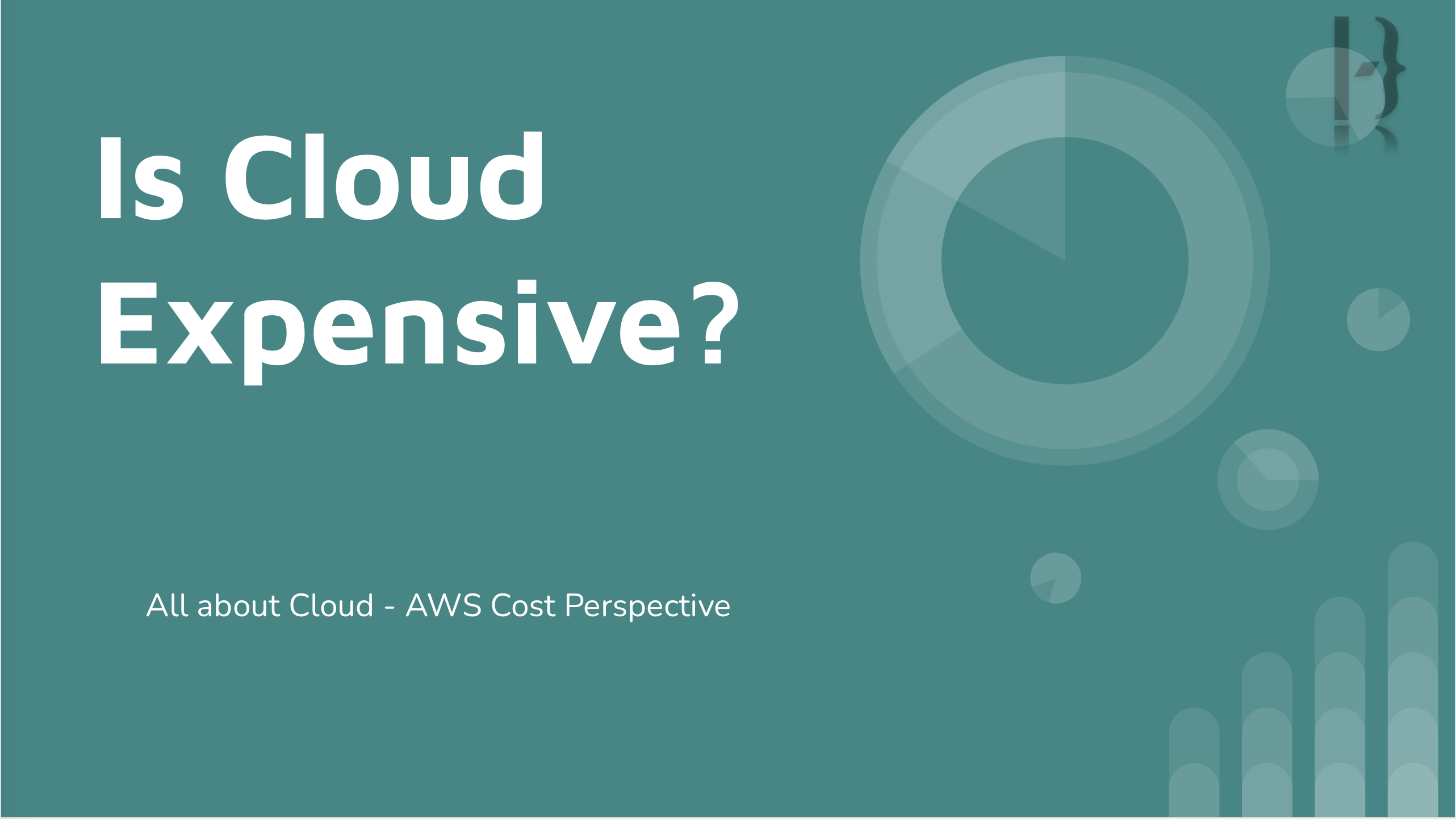If I have to tell you the name or details of companies like Netflix, Twitch, LinkedIn, BBC, Sony, Adobe or Twitter and many more then this post is not for you. The cloud computing is a myth and we’re better of with Abacus. If not, then all of these companies and thousands others use Cloud for their computing needs.
It is not esoteric that Cloud is the power house behind agile teams and great products. It is the only logical way of creating a digital business in this age according to me. So if cloud is so much important then everyone should learn it. And if many people wants to learn it then it should be pretty straight forward. But on the contrary it is very confusing for beginners to pick up cloud (services). There are 175 Services in Amazon Web Services (AWS) alone as of January 2021.
So the intricate problem is that “cloud is important and everyone should learn it but it is huge and knowledge is scattered.” To have a solution to this problem I came up with a list of my own about how to learn Cloud or specifically AWS Cloud.
Documentation
The most obvious place to learn any technical product or service is the official documentation. Documentation is amazing if it is written for specific specific use-cases or the topic in hand is not like ocean. AWS Documentation is huge on the other hand. It is so huge that each service has few thousand pages of its own. And since there are over 175 services, you can figure out how much documentation there should be. AWS Documentation covers everything from pricing, FAQs, APIs, Architecture, Best Practices, Integrations, Limits, Updates, Security concerns, implementation examples, templates, etc. It is great if you want to know about a specific section of a service but if you’re a beginner then reading documentation is not going to help you. Read on for better alternatives.
Presentations, Workshops and Trainings
AWS invests a lot on promoting itself. There are thousands of workshops and trainings by AWS employees throughout the year in almost every part of the world. Other than AWS itself, there are User Groups which are managed by non-profit local communities. This is a great place to understand the basics and start with the cloud space. You can check the online AWS workshops and AWS Trainings if you’re a beginner or if you want to learn about a specific services. It is also a great way to learn about AWS Certification.
Courses
Other than workshops or presentations, you can buy courses on the topic of AWS and related technologies. My personal favorite is A Cloud Guru which is a subscription based platform to learn lot of cool technical technologies. If you don’t want to pay for a subscription then search for one-off course on Udemy and you’ll find great stuff there. It is also a good way for beginners to start their cloud journey.
Podcasts, Meetups, Twitch, YouTube and Blogs
Now some tips / suggestions if you’re not absolute beginner. All the above techniques will help you learn the technology but will not help you in managing it or operationalize it. If you want to manage teams, products or have to use cloud in an enterprise level then below suggestions are for you.
To know what are the latest trends in cloud you can listen to Podcasts. Two amazing free podcasts are AWS Public Sector Podcast and Tech Chat. Both of these podcasts cover different topics and industry trends.
Other than Podcasts, AWS YouTube Channel is also amazing. You’ll learn how others architect their systems, solutions of problems by users, interviews and much more. For more technical knowledge checkout AWS Twitch and for content in multiple languages DevAxConnect twitch channel.
If you anything else where we can learn AWS then please comment on the YouTube video.
Understanding Cloud Knowledge
Do checkout my YouTube video linked below in which I share how much cloud you should know and how much you have to work for it. I’ve tried to follow the HOTS (Higher Order Thinking Skills) to explain how to tame the Cloud Dragon.
YouTube Video
I also happen to make a video on the topic in case if anyone wants to hear all of my love for AWS! If you’ve made it so far then here’s the slides I used in the video for you.

 Is Cloud Expensive?
Is Cloud Expensive?